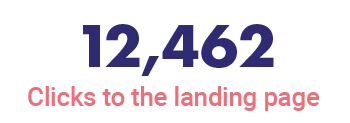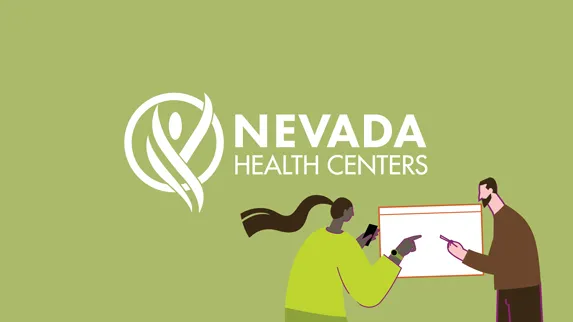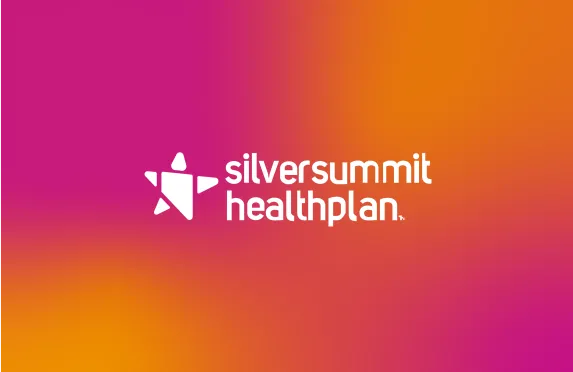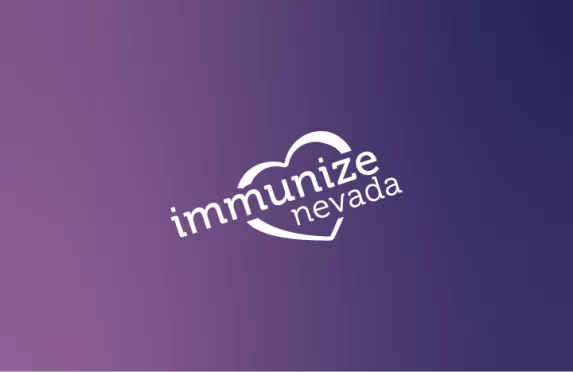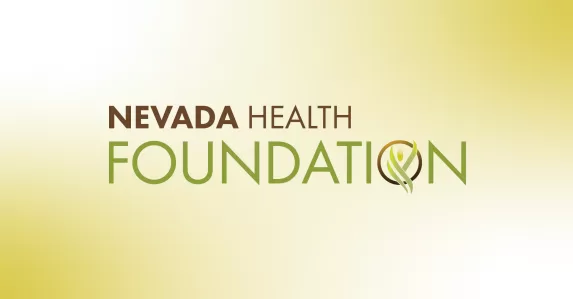Youth Vaping Prevention
The Challenge
Between math tests, breakups, doomscrolling, group chats and struggling to fit in, today’s kids are (understandably) looking for ways to cope. For many of them, vaping feels like the way to do it—it's “cool,” it’s everywhere and it’s normalized as a lifestyle hack. In fact, in 2021, more than 75% of middle and high school students reported being exposed to nicotine or tobacco product marketing.
Educating youth about the consequences of vaping and convincing them to quit—not to mention the difficult process of quitting itself—meant taking on an addiction that’s been branded as stress relief and social currency. This is the challenge we tackled with Northern Nevada Public Health.
What We Did
While many of the target audience—people aged 13 to 21—are on Instagram, Meta’s ad targeting doesn’t allow us to reach under-18s. So we turned to Snapchat—a platform popular with teens but notoriously hard for advertisers to break through on. In a space where the audience is trained to tap and skip in milliseconds, capturing attention is the name of the game, and it’s not easily won.
We had to tap into what youth care about right now (Spoiler alert: 13-year-olds tend to feel invincible and aren’t concerned about long-term issues like cancer and popcorn lung). We started by exploring what matters most to Gen Z and Gen Alpha to determine what could get them to pause long enough to hear a health message.
We created four distinct message paths that aligned with their values and communication styles, challenged assumptions and offered real talk (not lectures). Each message was delivered through highly visual Snapchat ads designed to grab attention in the first second. The 10-week campaign drove our audience to a custom landing page with more information and a clear link to quit resources via My Life, My Quit—a well-established, youth-oriented quitting resource.
1. The Environment
Coined the “sustainability generation,” Gen Z is deeply concerned about our planet’s future, and many feel a personal responsibility to protect it. What better way to drive action than juxtaposing a disposable vape against the blue waters of Lake Tahoe?
2. Mental Health
A common misconception about vaping is that it helps with anxiety, depression, focus and sleep—in reality, it does the opposite. We latched onto a popular meme to educate about vaping's immediate, negative mental health impacts.
3. #VapeFreeFlex
Depending on the type of vape and buying frequency, vaping can cost thousands of dollars per year. We created a sense of FOMO (fear of missing out) by leaning into alternate, cooler ways to spend their money.
4. Big Tobacco
Today’s youth are deeply skeptical of big industries and quick to call out corporate hypocrisy. We leaned into that distrust by exposing Big Tobacco’s malicious agenda to target young people and profit off them.
The Results
